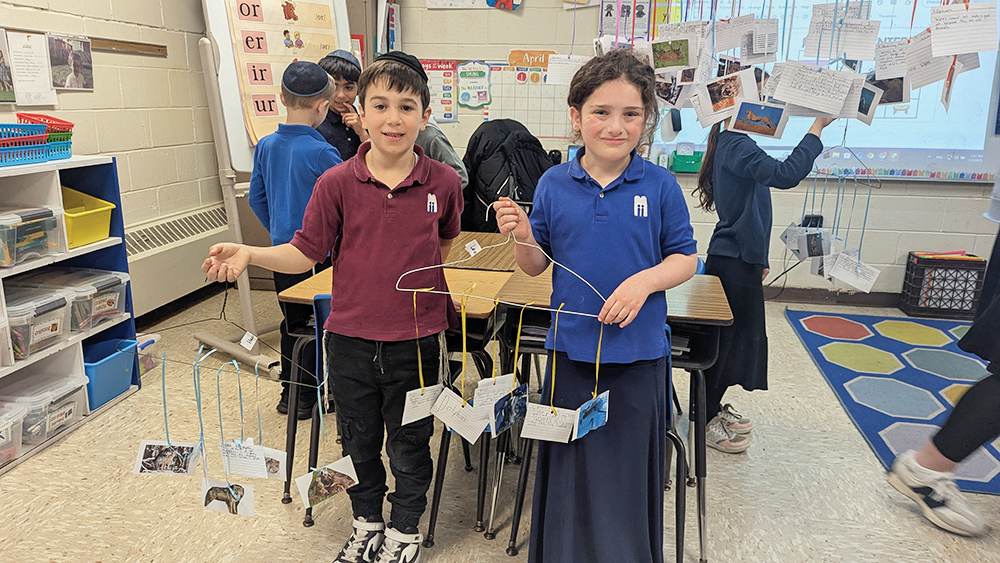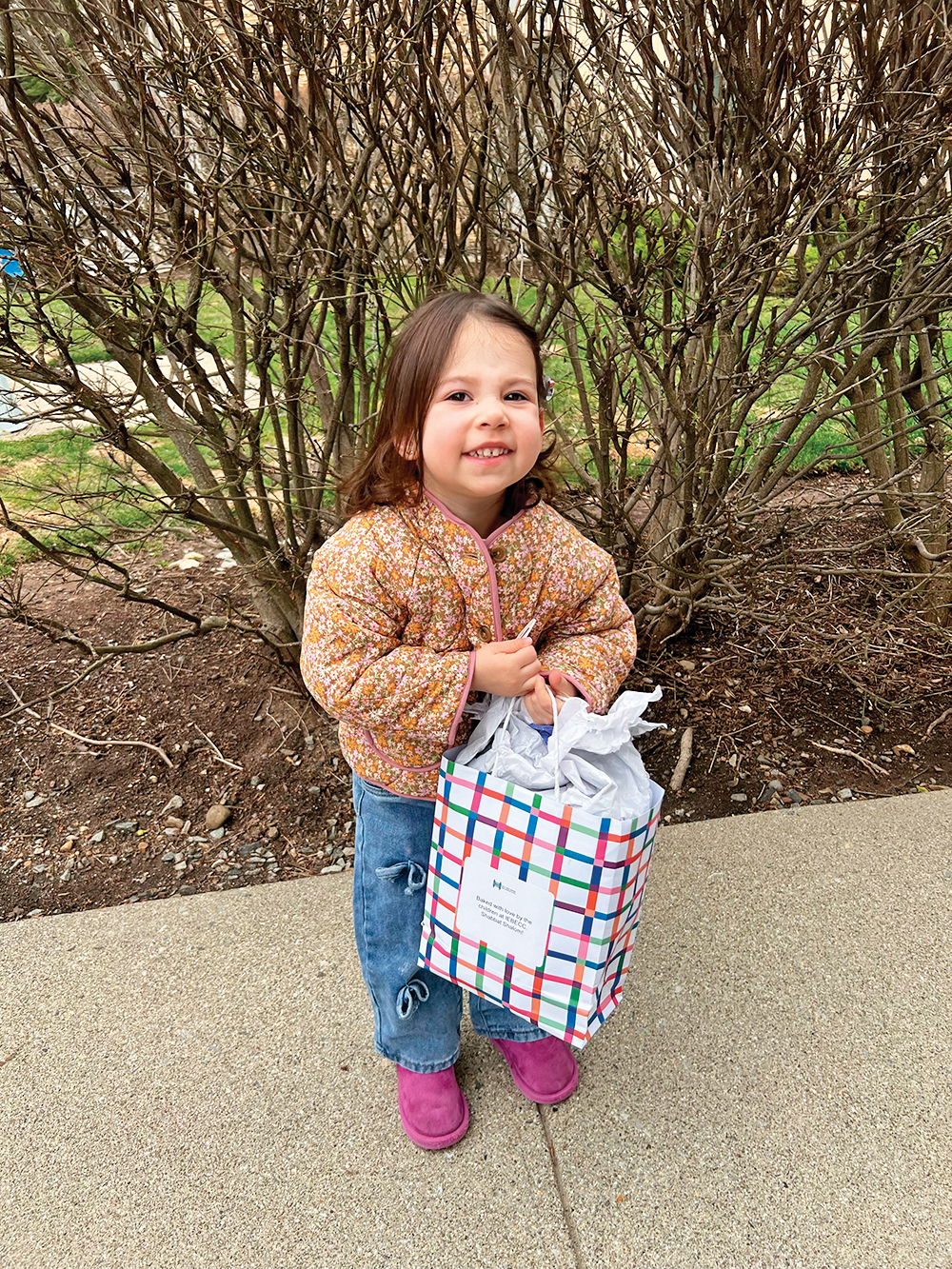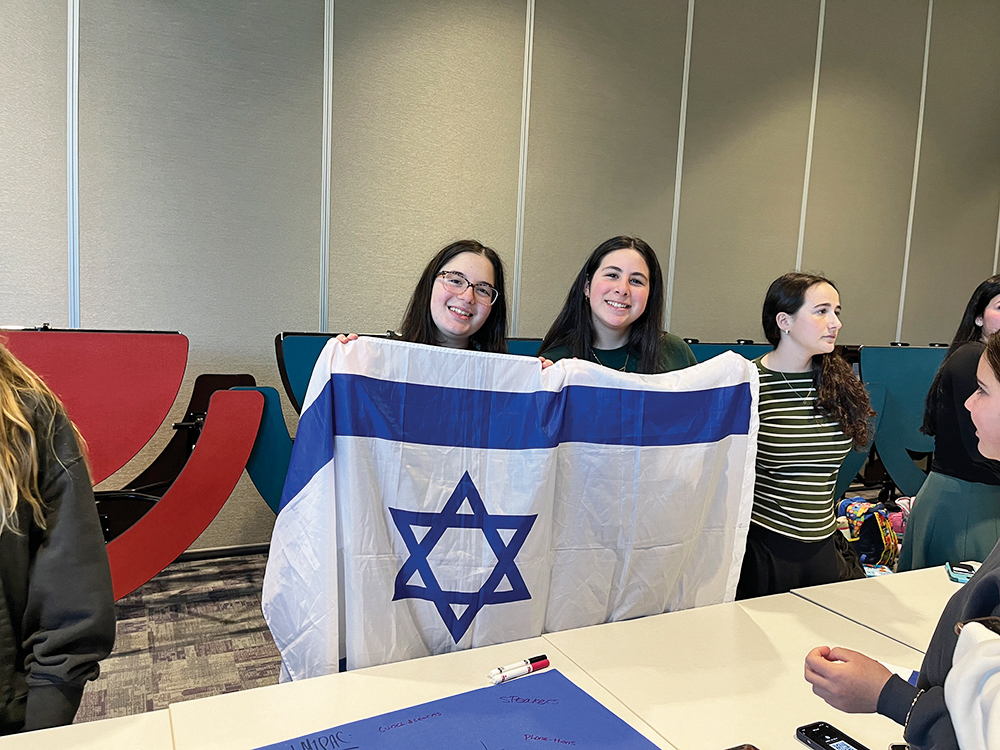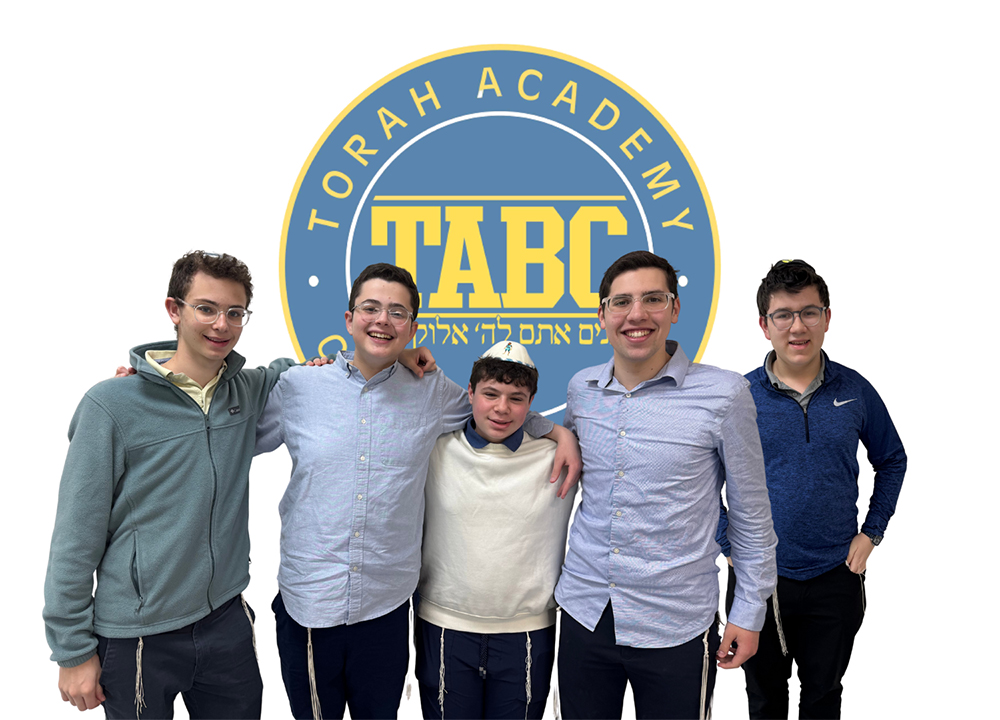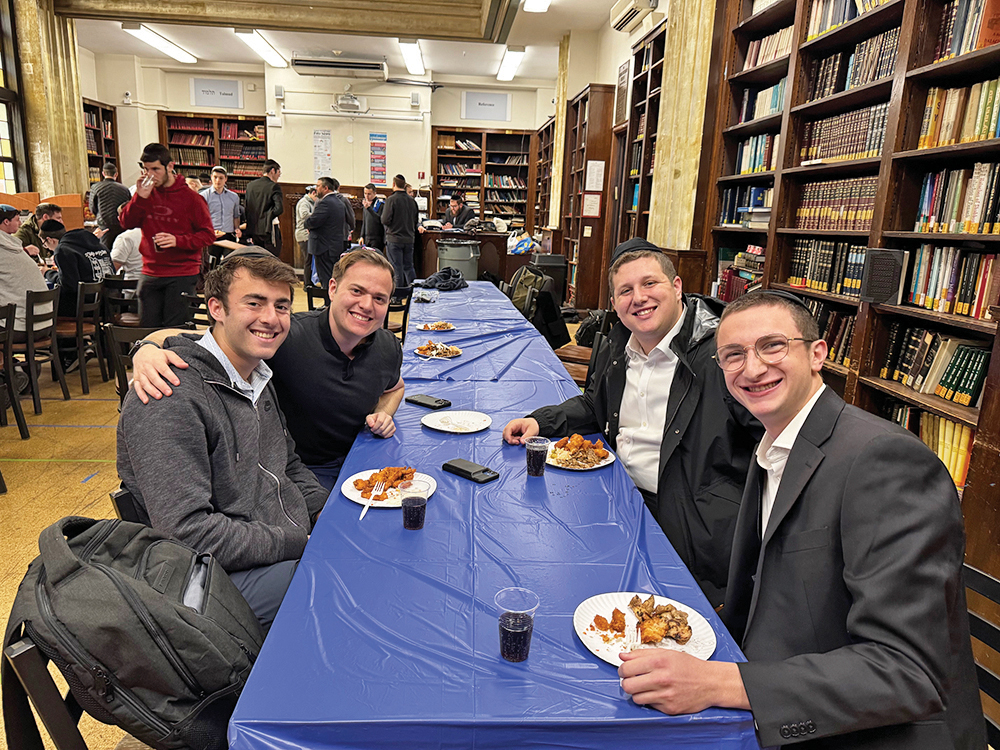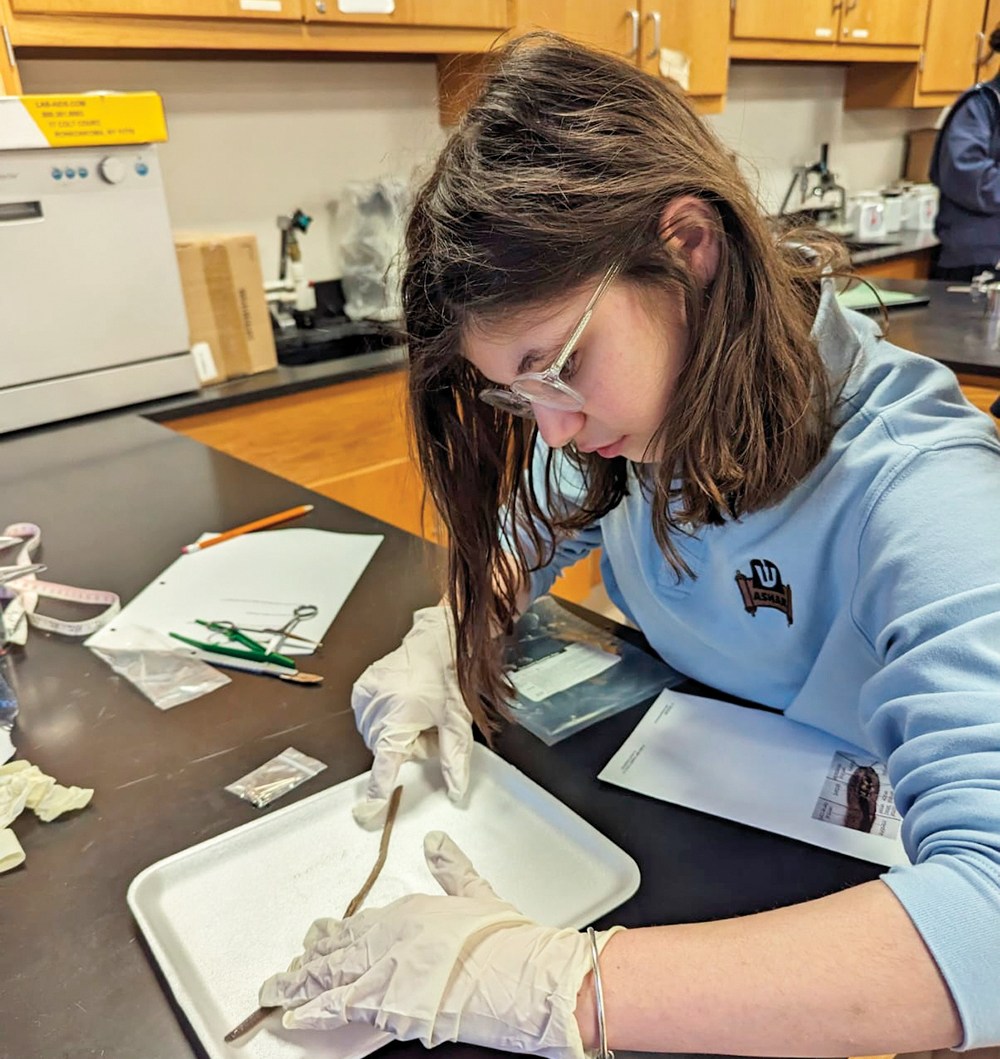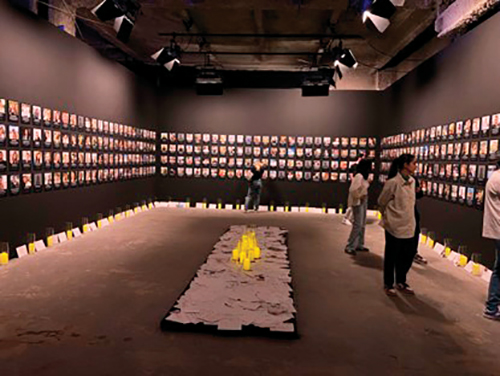
Upon first glance, it looks just like any other music festival.
Signs with the music festival’s logo highlight which musical artists are set to perform next. Tents are sprawled out, at one point filled with eager concertgoers. A fully stocked bar appears to serve up endless quantities of arak and vodka. And at the center of it all lies the grandest of stages, adorned with speakers so large they seem to touch the sky. Those who don’t know better could walk in and easily believe that they stumbled upon an abandoned rave. But alas, this is what Nova looked like on October 7th, during the bloodiest Jewish massacre since the Holocaust.
When I heard about the Nova exhibit in New York, I immediately decided to go. It was the least I could do to pay my respects to the victims of October 7th, as well as attempt to to gain a better understanding of what exactly happened during the attack. I had no idea how incredibly powerful this visit would be. It was a truly immersive experience as I stepped into the shoes (as best as I could) of a Nova attendee, seeing from their eyes what they endured that fateful day.
For starters, the exhibit has no guides. Minimal plaques inform its visitors of the events that transpired. The exhibit relies on personal testimony to share its story. Throughout the exhibit, I came across phone after phone playing footage filmed by Nova victims themselves as they hid and fled from Hamas terrorists. Some phones held WhatsApp messages of final goodbyes to loved ones. As I watched all the screaming, the crying, and the looks of fear on their faces, I could only wonder which of these innocent people perished that day, and which now have to live with unbearable trauma and loss moving forward.
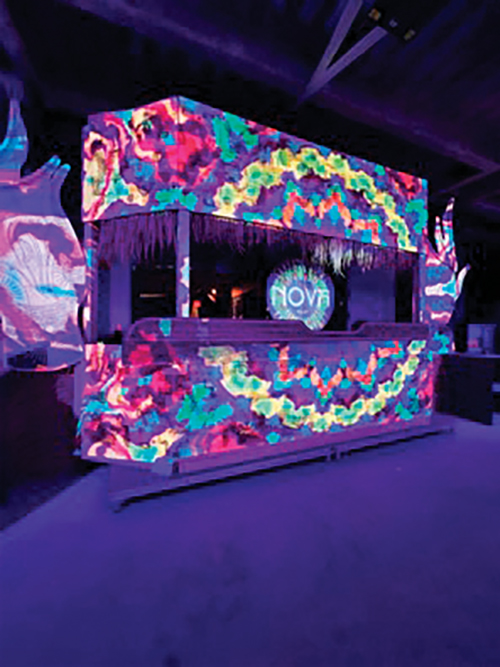
What else made the exhibit so jarring is that every single object within was present during the terror attack. A set of portable potties lining the wall looked innocent enough until I noticed that the doors were riddled with bullet holes. Freezers that once held ice cream are displayed with a testimony from a woman who hid in one as terrorists hunted down concertgoers, while she miraculously survived the onslaught. Piles of shoes, hats, rugs—all lasting remnants of those slaughtered. I could never imagine what it must have been like to be at Nova that fateful day, and yet little was left to the imagination when I walked past the burnt out husks of cars that once carried victims attempting to escape.
The final room in the exhibit showcases the 364 beautiful souls who were murdered at the festival. I walked by each and every photo, smiling faces above captions highlighting the lives they led, the dreams they pursued, and the loved ones they left behind. As I recited each and every name, I remembered that it could have very well been me, you, or any one of us pictured on the wall instead. Any one of us could have been at Nova, in the kibbutzim or somewhere else in Israel that day. Any one of us could have had a parent, child, sibling or friend there. Some of us did. We all share a common enemy, and that enemy would have gladly taken our lives too. And yet, here I am, and there they are.
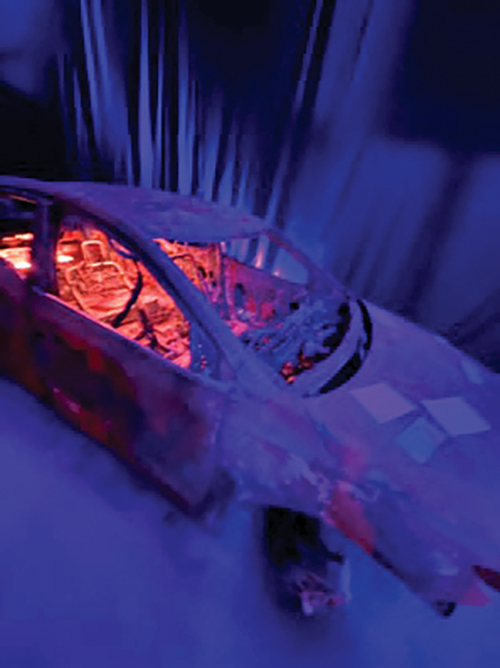
I doubt any of us will ever forget October 7. The tragedy, much like the Holocaust years ago, will be etched into our minds forever. But our innocent brothers and sisters that were taken from us are at risk of being forgotten. Worse yet, we live in a world in which millions say their deaths are justified and millions deny the extent of torture they endured and that Jews around the world, including survivors of the massacre, continue to endure even today. Therefore, I encourage everyone to attend the exhibit, face the truths and learn the stories of the people who were there.
Let’s do our part to ensure that even in their death, their stories will live on and inspire us to ensure that Never Again really means Never Again.
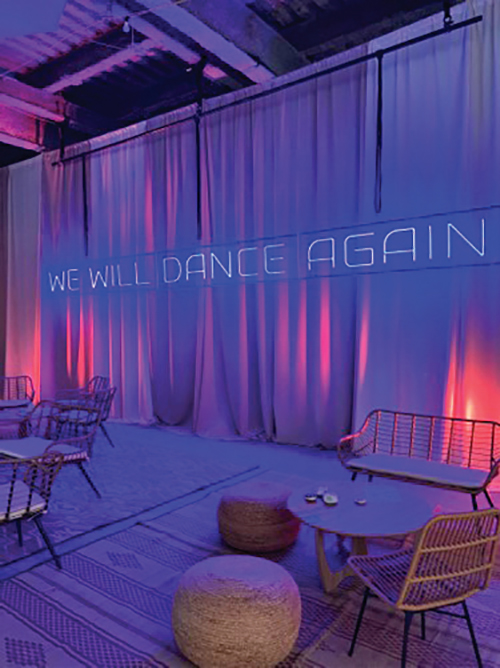
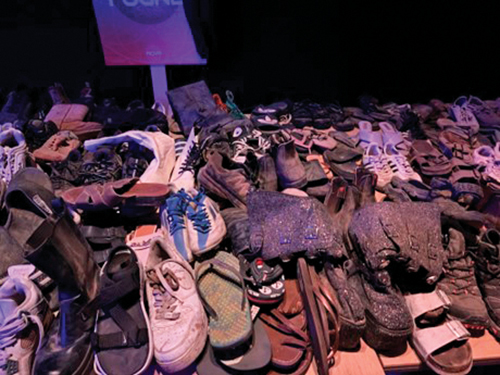
Jordan Cohen is a young professional living on the Upper West Side. Born and raised in Miami Beach, Jordan is passionate about his community and strengthening Jewish education across the world.


